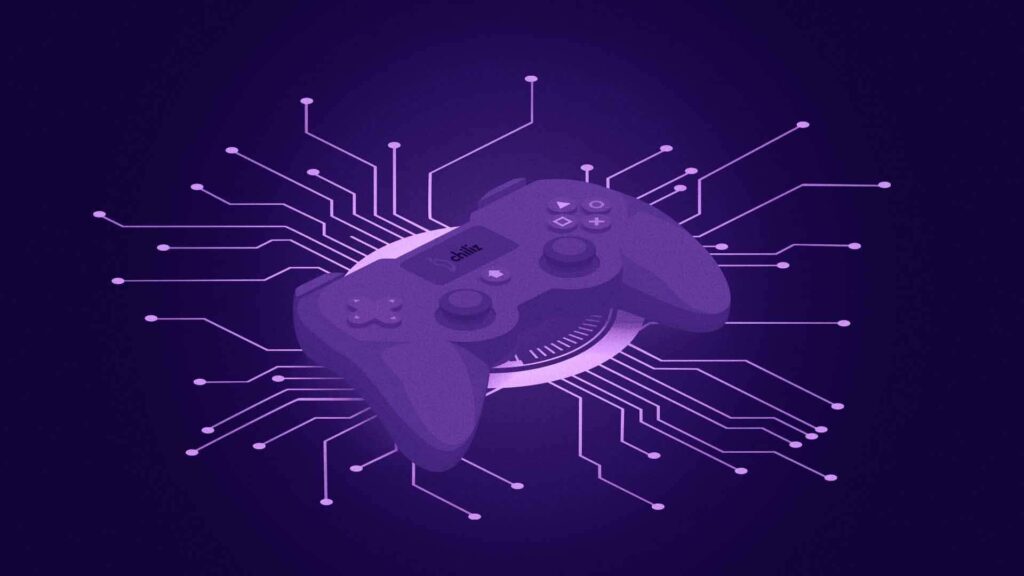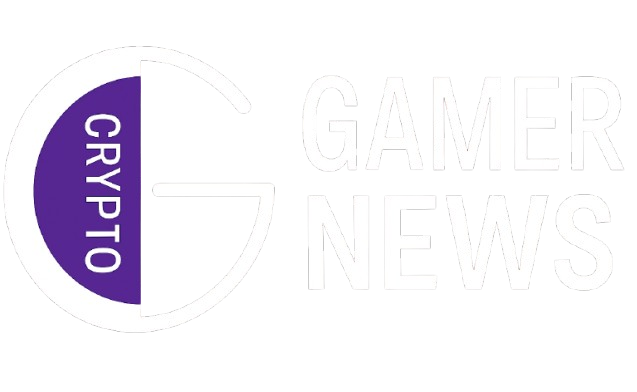
The gaming industry has always thrived on innovation. From the golden days of arcade cabinets to the explosive rise of online multiplayer and streaming platforms, each era of gaming has reshaped how people interact, compete, and build communities. Now, in 2025, the industry stands at the crossroads of another revolution — Web3 gaming.
This emerging space is no longer just a futuristic concept whispered about in tech circles; it’s a rapidly growing market fueled by blockchain, decentralized economies, and digital ownership. For players, it promises more than entertainment. It offers a chance to own, trade, and profit from in-game assets in ways traditional gaming never allowed. For developers, it opens entirely new models of engagement and monetization. And for investors, it signals a sector that could define the next big wave of digital culture.
But what exactly lies ahead for Web3 gaming in 2025? Let’s dive into the predictions, opportunities, and challenges shaping this rapidly evolving landscape.
The Rise of Player-Owned Economies
In traditional games, your achievements — rare skins, high-level characters, or exclusive weapons — are locked inside a publisher’s servers. They may bring pride, but they don’t hold financial value outside the game. Web3 gaming flips that model. Through blockchain-powered assets like NFTs and tokens, players actually own their digital items.
Platforms such as Immutable and Polygon have made blockchain integration seamless, offering scalability and lower transaction fees that appeal to both gamers and developers. In 2025, we’re seeing studios double down on player-owned economies, where in-game rewards can be traded across ecosystems, cashed out in fiat, or reinvested in other gaming experiences.
The idea of “play-to-earn” (P2E), which took off with early successes like Axie Infinity, has now evolved into “play-and-own,” where the focus isn’t solely on profits but on building sustainable, fun-first gaming experiences that keep economies healthy over time.
Sustainable Game Design Over Speculation
One of the harsh lessons from the first wave of Web3 games was that speculation alone can’t sustain an ecosystem. Many early projects collapsed because they prioritized token prices over gameplay. Players left as soon as profits dried up, leaving behind empty servers and abandoned communities.
In 2025, developers are smarter. Major publishers are focusing on long-term sustainability by prioritizing game mechanics, storytelling, and user experience, rather than building solely around financial incentives. Games like Illuvium and Star Atlas have shown that it’s possible to merge AAA-quality design with blockchain features without compromising fun.
Analysts at DappRadar predict that only Web3 titles that balance strong gameplay with economic utility will survive, creating a market where quality, not hype, determines success.
The Convergence of AI and Web3 Gaming
Artificial intelligence is also reshaping how Web3 games are built and played. AI-driven NPCs can learn from player behavior, creating more dynamic experiences. Meanwhile, AI-generated assets are making it easier for smaller developers to create expansive, unique universes at lower costs.
Combined with blockchain, this could mean in-game characters or assets that learn, evolve, and retain value across different platforms. Imagine owning a digital sword that gains experience over time, growing in rarity and value as you use it across different games, thanks to interoperability standards pioneered by OpenSea and other marketplaces.
Institutional Investment and Big Tech Entry
The Web3 gaming sector isn’t just a playground for indie developers anymore. In 2025, we’re witnessing major institutional and corporate interest. Companies like Animoca Brands and Ubisoft are already experimenting with blockchain-based assets, and new venture capital funds are pouring billions into studios building for this ecosystem.
Even tech giants like Microsoft and Google, once hesitant about Web3 due to regulatory uncertainty, are exploring infrastructure support through cloud services and blockchain integrations. This shift indicates that the market is maturing, and the speculative bubble phase is giving way to serious, long-term growth.
Regulatory Clarity and Its Impact
A major roadblock for Web3 gaming in previous years was the gray area around regulation. Were NFTs securities? Could in-game tokens be classified as investment vehicles? Without clear rules, both players and developers hesitated.
By 2025, governments have started to provide more regulatory clarity. In the U.S., the SEC has begun differentiating between utility tokens and speculative assets, while regions like the EU and Singapore are introducing frameworks that protect players while encouraging innovation. According to CoinDesk, this regulatory clarity is expected to accelerate adoption by institutional investors and traditional studios alike.
The Social Layer: Gaming Guilds and DAOs
Community has always been the heart of gaming, and Web3 takes that to another level. Gaming guilds and Decentralized Autonomous Organizations (DAOs) are now playing a central role in how games are governed and monetized. These groups pool resources, invest in assets, and decide collectively how to manage them.
Platforms like Yield Guild Games have already shown how powerful community-owned economies can be. In 2025, we expect to see guilds becoming mini-economies themselves, offering scholarships, managing assets, and even shaping the development of games through voting mechanisms.
Predictions for 2025 and Beyond
Looking ahead, the Web3 gaming market will continue to grow, but not in the explosive, unsustainable way it did in the early 2020s. Instead, we can expect:
- A rise in interoperability, where assets and identities move across different games seamlessly.
- More hybrid models, where traditional publishers integrate Web3 elements without fully decentralizing their ecosystems.
- Greater focus on inclusivity, ensuring that players from developing countries, who fueled much of the early play-to-earn boom, remain part of the growth story.
- The merging of metaverse platforms and Web3 gaming, creating persistent virtual economies that extend beyond entertainment into education, social interaction, and even work.
The global market for Web3 gaming is projected by MarketsandMarkets to reach tens of billions in valuation by the end of the decade, fueled by these trends.
FAQs
What is Web3 gaming?
Web3 gaming refers to video games that use blockchain technology to give players true ownership of in-game assets. Unlike traditional games where items are controlled by publishers, Web3 allows users to trade, sell, or use their digital assets across different ecosystems.
Is Web3 gaming profitable for players in 2025?
Yes, but profitability now depends less on speculation and more on active participation in sustainable game economies. While some players earn money through trading NFTs or tokens, the real value lies in play-and-own models that emphasize entertainment first and financial utility second.
Are big gaming companies adopting Web3?
Absolutely. Companies like Ubisoft, Square Enix, and Animoca Brands are already experimenting with Web3 features. The entry of larger publishers in 2025 signals confidence in the sector’s long-term growth.
What risks are involved in Web3 gaming?
Risks include regulatory changes, volatility in token prices, and the possibility of scams or poorly designed games. However, as the market matures, these risks are being reduced through stronger regulations, better governance, and increased transparency.
How do gaming guilds work in Web3?
Gaming guilds pool resources to buy in-game assets, which members can use to participate in play-to-earn games. They often operate as DAOs, meaning members collectively make decisions about how assets are managed and profits distributed.
Conclusion
The Web3 gaming market of 2025 is not just about profit; it’s about transforming how we perceive ownership, community, and creativity in virtual spaces. The mistakes of the early play-to-earn era have given rise to a more thoughtful, sustainable wave of innovation, where fun remains at the core of the experience.
For players, this means greater freedom and reward for the time they invest in virtual worlds. For developers, it offers a chance to build deeper connections with their audiences while experimenting with new revenue models. For investors, it signals a maturing market poised for steady growth.
As we look ahead, the lines between gaming, finance, and social interaction will blur even further. Web3 gaming is not just creating new ways to play — it’s reshaping the digital economy itself. Whether you’re a gamer, a creator, or simply a curious observer, 2025 is the year to watch this space closely. The next chapter of gaming has already begun, and this time, the players truly hold the keys.
